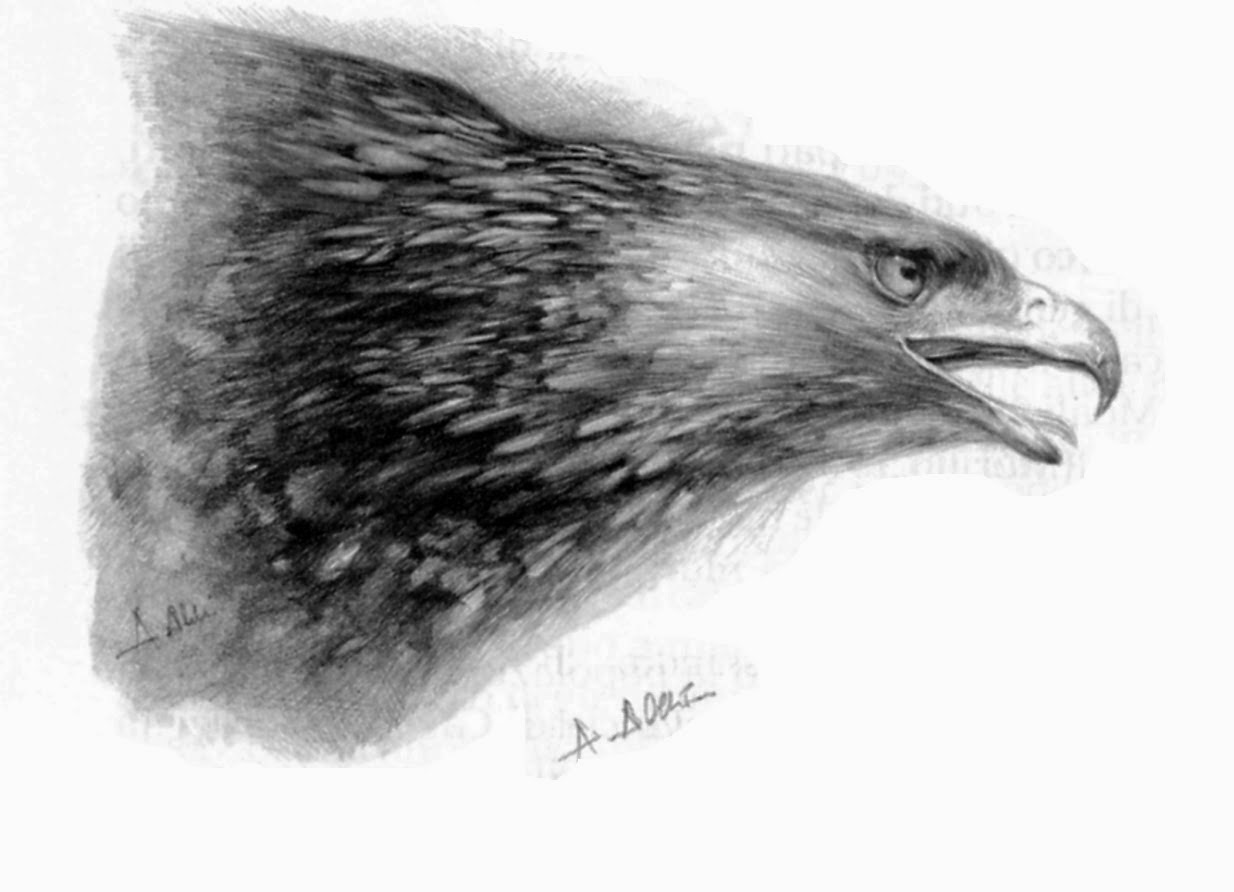
VOLUME 6 (I-II) 2003
Articoli e Note/ Papers & Notes
- Deposizioni
precoci dell'Aquila reale Aquila chrysaetos
in Sardegna.Vittorio Asuni,
Antonio Fadda & Maurizio Medda
- Presenza invernale di Rondine rossiccia Hirundo
daurica nella
Regione Paleartica occidentale. Francesco Mascia
- Prima
riproduzione di Cicogna bianca Ciconia
ciconia in Sardegna. Marcello Grussu & Gruppo Ornitologico Sardo
- Un’altra
prova di nidificazione del Crociere Loxia
curvirostra in Sardegna. Marcello Grussu & Vittorio Asuni
Recenti avvistamenti/ Recent records around the Region
Periodo:
gennaio – dicembre 2002 / January -
December 2002. A cura di Marcello Grussu
Bibliografia ornitologica sarda/Recent Literature. Attilio Mocci Demartis
Progetti e Ricerche/ Projects and Researches
- 11th Pan African Ornithological Congress (Tunisia, 20-25 November 2004). Les Amis des Oiseaux (AAO)
- Conference on oil pollution and conservation of biodiversity (October 2002; Asinara island,
Recensioni/ Reviews
Foto di copertina/ Cover photograph: Gabbiano corso Larus audouinii in colonia. Isola di
Molara, Sardegna. Giugno 1992./ Colony of
Audouin’s Gull. Molara islet, Sardinia. June 1992 (Mauro Sanna).
ABSTRACTS
Vittorio Asuni*, Antonio Fadda & Maurizio Medda
Early
laying of Golden Eagle in Sardinia (Italy).
On 24 February 2002 we observed that in the
south east of Sardinia (province of Cagliari) a Golden Eagle pair had already
laid two eggs. The event is to be considered precocious for both Sardinian
pairs (which usually lay eggs from the last week of February to the end of
March) and those observed in the remainder of the Italian territory, where the
laying period ranges from mid March to the beginning of April. Certainly, among
the surveyed pairs in the province of Cagliari, the observed pair is the only one
laying eggs in February. Some ecological parameters such as latitude and
altitude were taken into consideration, but no direct correlation was found to
justify an earlier laying than that of other known pairs. We can therefore
infer that the reason for such an earlier laying is to be found in a
physiological feature of the pair, instead of an adaptation to special
environmental conditions.(*Via Pergolesi 19 - 09048 Sinnai/ Cagliari)
Francesco
Mascia
Winter presence of the Red-rumped Swallow in the
Western Palearctic.
An immature individual of Red-rumped swallow
was observed from 18th to 25yh December 2001 in the lagoon of Santa Gilla /
Elmas (Southern Sardinia). In the Western Palaearctic area the species is a
summer visitor; its winter presence occurs rarely but regularly in Israel and occasionally, with
single individuals, in North Africa (Morocco, Tunisia) and Spain. This record
in Sardinia was the first in Italy and
the only one supplied with documentary evidence of a prolonged winter
stay of the species in the whole Palaearctic area.(Via Salomone 32
- 09030 Elmas. Cagliari)
Marcello Grussu & Gruppo Ornitologico Sardo
First successful breeding of the White Stork in Sardinia.
In 2002 a pair of
White Stork bred in the north of the
island in the area of Surigheddu / Alghero
(Sassari) raising 3 chicks to
flying stage. The laying of eggs took place in the first two weeks of April and
the chicks took wing around July 15th. It is the first successful
case of breeding of the species in Sardinia, where in the past several
summering individuals were seen and, in the period 1988-1993, some breeding
attempts were made. Besides, in 1993 a pair laid eggs, which however did not
hatch. Again in 2002, further 3-4 individuals of White Stork summered in
northern Sardinia. (gos.it@tiscali.it)
Marcello Grussu* & Vittorio Asuni
New breeding record of Common Crossbill in Sardinia.
In summer 2002
several groups of Common Crossbill were observed in the south of Sardinia. A
small group stopped for a while in the lower valley of the Riu Solanas/
Castiadas (Gulf of Cagliari). From the second half of July the occurring
individuals showed different behaviours, like a singing male on a nest, young
individuals fed by adults and the finding of a possible nest visited by the
male: all these facts point to the breeding in this site of a couple on a pine
tree. This is the second breeding record of this species in Sardinia. The only
previous evidence in the city of Cagliari goes back to 1910.(*gos.it@tiscali.it)
 |
| White Stork (Piero Basoccu) |








